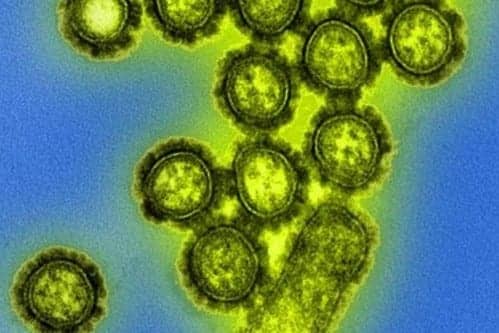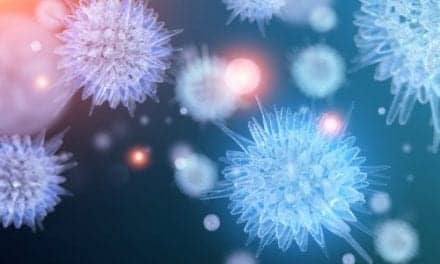Immune priming with seasonal H1N1 viruses earlier in life and egg-adaptation in vaccines can impact antibody responses following influenza vaccination, according to a study published in The Journal of Infectious Diseases.
In 2009, influenza A(H1N1)pdm09 viruses first emerged and caused a pandemic; they continue to circulate as seasonal viruses. An A/California/07/09-like strain (CA/09) was originally chosen as the A(H1N1)pdm09 component of multivalent seasonal vaccines. In 2013 to 2014, the genetic clade 6B emerged with a featured amino acid substitution from lysine (K) to glutamine (Q) at position 163 (K163Q, H1 numbering) in the hemagglutinin (HA), located in antigenic site Sa. Since then, 6B viruses have diverged further into 6B.1 and 6B.2 subclades, still bearing K163Q, with the 6B subclade predominating globally since the 2015 to 2016 season.
Low influenza vaccine effectiveness was reported during the 2015 to 2016 season; therefore, researchers from the Centers for Disease Control and Prevention (CDC) investigated the immune basis for these low responses to circulating A(H1N1)pdm09 viruses following vaccination.








